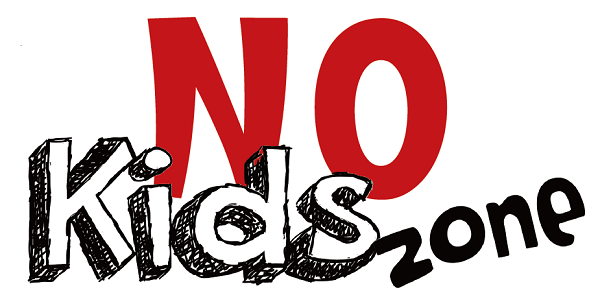

Every day people see various signs that ban things. ‘No Pets Allowed’ and ‘No Bicycles Allowed’ are a couple of common ones that you might see at a subways station or at a restaurant. However, the ‘No Kids Zone’ sign is starting to appear more and more frequently. A ‘No Kids Zone’ is an area that prohibits children or infants under a certain age. Currently, there is a strong argument on whether this ban of children protects the store owner or whether it is unfair discrimination against children. Despite the controversy, more and more store owners are posting ‘No Kids Zone’ signs. The Sookmyung Times asked Sookmyungians about this recent phenomenon.

- Debate Topic -
Should the ‘No Kids Zone’ ban continue or be stopped?

PRO
Yu Hwakyung
Department of Food & Nutrition '15
dbghkrud@naver.com
Recently, many stores have adopted the ‘No Kids Zone’ policy. Stores are banning customers accompanied by infants or children under a certain age. Children often bother other customers or damage facilities at stores, which has led to the increase in the ‘No Kids Zone.’ By following this new policy of ‘No kids,’ many businesses and store owners are lessening their financial damage.
However, I disagree with this ‘No Kids Zone’ policy. First of all, children and infants are unaware of their actions. Children usually act without awareness of the consequences of their actions, so they cannot be held responsible for their behavior. Problems caused at businesses such as children talking too loudly or running around is the sole responsibility of the parents. They need to change their child’s behavior. If a parent changes a nappy without considering where (s)he is, then it’s the parent’s mistake. They need to be held accountable for their ill-manners in public places. The government needs to start campaigns to raise awareness or arrange a ‘Kids Zone’ so that the children are able to run free.
Second, there are many other groups of people that cause trouble at businesses and shops. For instance, at some restaurants, middle and high school students often bother other customers with their noise. Also, some adults lack manners in public and bother other customers. Therefore, the ‘No Kids Zone,’ only bans children due to age; it’s discriminatory action.
Lastly, the ‘No Kids Zone’ limits parent’s range of action. Recently, parents are often heard saying that people stare at them every time their child cries, and though they are trying to hand the situation, people are judging them harshly. For these three reasons, the ‘No Kids Zone’ should not continue nor increase. The ‘No Kids Zone’ ban will not solve society’s problems caused by young ones because the true solution lies in raising awareness among the general public. Parents without common sense need basic etiquette courses. There should be more ‘Kids Zone’ areas as well to solve the problem.

CON
Oh Eunkyung
Department of Library & Information Science '14
onmds5@gmail.com
Just recently, ‘No Kids Zone’ signs, especially for kids under the age of 8, have been showing up at the front entrances of restaurants, cafés and so on. Currently, in Korea, there are no clear regulations concerning these areas, so the spread of these signs are being debated everywhere. However, I believe the ‘No Kids Zone’ areas should exist and the benefits are reaped by store owners, customers, and parents.
First, from the perspective of a store owner, the ‘No Kids Zone’ sign is a way to prevent latent loss. For example, certain restaurants are dangerous for children, because they could get injured easily. In places like these, if a child bumps into a waiter serving food and gets hurt, who should be held responsible for the injury? The child running into the waiter? The parents because they didn’t keep a watchful eye? Unlike common sense, the court ruled in favor of the child, pointing a finger at the owner who would be expected to take responsibility for the negligence; this gives storeowners additional pressure besides management.
Next, use of ‘No Kids Zone’ areas guarantee customer rights—to not have to be disturbed and to feel satisfied when leaving the business. It is easy to find parents that lack common sense and etiquette like changing their infant’s nappy out in the open or having them pee in a cup openly in a restaurant. Obviously, other customers will feel uncomfortable in this type of atmosphere. According to a survey by a Albamon 66% of people agreed on kid-free zones, which shows that this idea will serves to increase customer satisfaction.
Lastly, from a parent’s perspective, the ‘No Kids Zone’ areas help ensure their child’s education and safety. Also, the ‘No Kids Zone’ areas would educate children on how carelessly running around disturbs other people. ‘No Kids Zone’ areas do not mean no kids are allowed. Businesses are only trying to restrict parents who act without common sense. Considering the cause that has led to the ‘No Kids Zone’ areas, blindly criticizing this policy is wrong, since ‘No Kids Zone’ areas came out of necessity.


